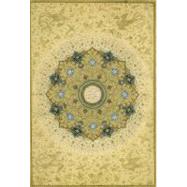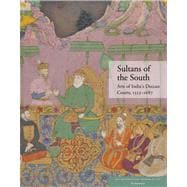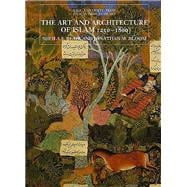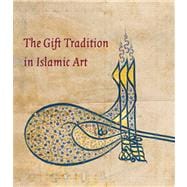Shah Abbas

Shah Abbas
- ISBN 13:
9780714124520
- ISBN 10:
0714124524
- Format: Paperback
- Copyright: 12/31/2009
- Publisher: British Museum Pubns Ltd
Rent
Sorry, this item is currently unavailable.
Note: Supplemental materials are not guaranteed with Rental or Used book purchases.
Extend or Purchase Your Rental at Any Time
Need to keep your rental past your due date? At any time before your due date you can extend or purchase your rental through your account.
Summary
Shah 'Abbas I was one of Irans most influential leaders. Combining his ruthless ambition with a desire for stability, he left a far-reaching mark on the society and artistic heritage of Iran, renovating the countrys spectacular shrines and transforming its trading relations with the rest of the world. This richly illustrated book brings together an amazing array of treasures that were given to Irans shrines during Shah 'Abbass reign. It traces the story of the Safavid dynasty (15011722), a period of dynamic religious and political development in Iran. Art and architecture flourished and achieved new heights of beauty and brilliance with the creation of the magnificent shrines at Ardabil, Mashhad and Qum. During this so-called Golden Age of Persian art, Shah 'Abbas renovated these shrines and donated to them priceless works of art including sumptuous carpets, silks, porcelain and albums, many of which are illustrated here in glorious detail. He also created the new capital at Isfahan his crowning artistic achievement where he rebuilt his empire surrounded by an inner circle of great artists and thinkers. From here he encouraged foreigners to come to Iran and welcomed the opportunity to open up trading links with Europe. This fascinating book looks in detail at this turning-point in Irans history. It investigates the context of Shah Abbass gifts and renovations; it also explores how these shrines functioned in the early seventeenth century and the ways in which practices and beliefs initiated under the Safavids are reflected in the world-famous shrines at Mashhad and Qum of today.














